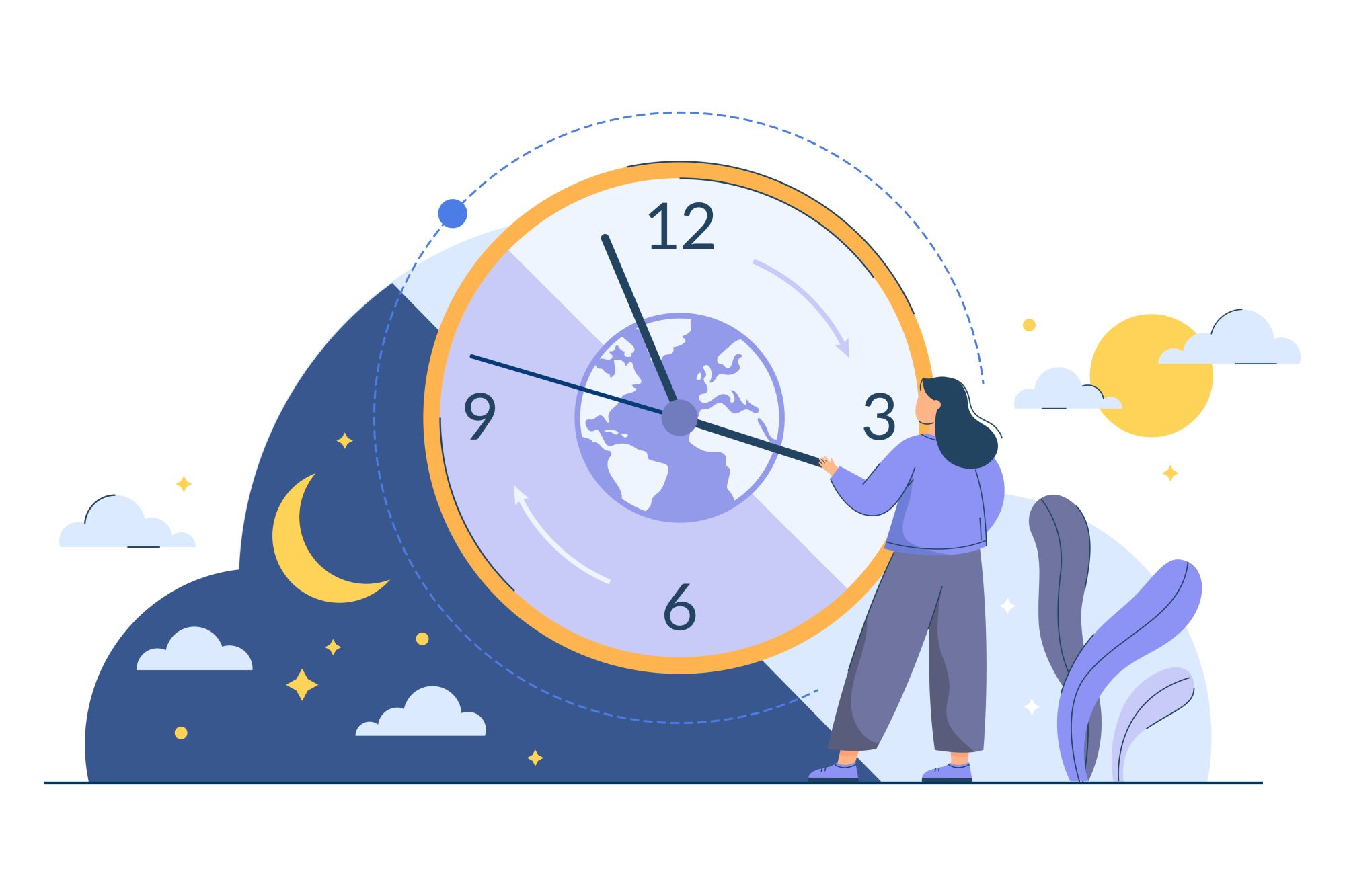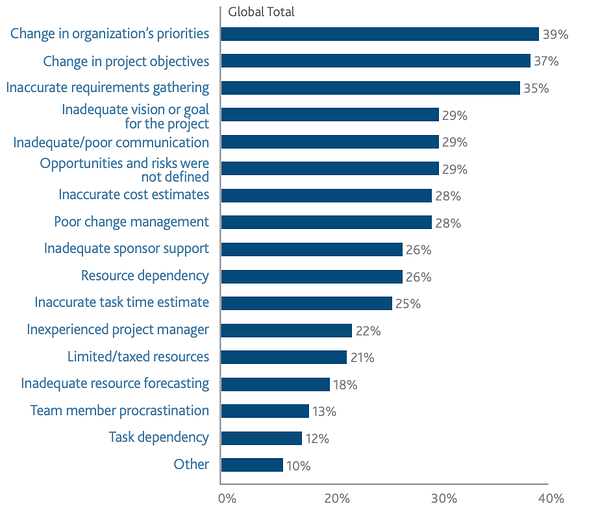In the fast-paced world we live in, time has become one of our most precious resources. How we allocate our time, especially when it comes to work, can significantly impact our productivity, efficiency, and overall well-being. Finding the optimal times to work is not just about clocking in hours; it’s about aligning our energy levels, focus, and personal preferences to maximize output while maintaining a healthy work-life balance.
Understanding Your Circadian Rhythm

The first step in determining when to work most effectively is understanding your body’s natural rhythm, known as the circadian rhythm. This internal clock regulates various bodily functions, including sleep-wake cycles, hormone release, and body temperature. By identifying your peak energy periods and times of fatigue, you can schedule your work tasks accordingly to capitalize on your most productive hours.
For many people, the morning represents a prime time for focused, deep work. With a refreshed mind and body after a good night’s sleep, mornings are often characterized by heightened alertness and cognitive function. This makes it an ideal time for tackling complex tasks, problem-solving, and creative endeavors. If you’re a morning person, consider allocating your most demanding work assignments to the early hours to leverage this natural advantage.
However, not everyone operates on the same schedule, and some individuals may find that their peak productivity occurs later in the day or even during the night. This is where understanding your unique circadian rhythm becomes crucial. Pay attention to when you feel most alert, energized, and mentally sharp throughout the day, and structure your work schedule around these periods to optimize your performance.
Maximizing Productivity Through Time Blocking
According to statistics there’s some benefits of time blocking:
- Enhanced focus and productivity
- Improved time management
- Increased task completion
- Reduced multitasking
- Reduced stress and improved work-life balance.
Once you’ve identified your peak productivity windows, the next step is to implement effective time management techniques to make the most of your available time. Time blocking, a strategy popularized by productivity experts, involves allocating specific time blocks for different tasks or activities throughout the day.
Start by breaking down your workday into manageable chunks, typically ranging from 30 minutes to two hours, depending on the nature of your tasks and your attention span. Assign each time block to a specific activity or category of tasks, such as emails, meetings, focused work, or breaks. By creating a structured schedule, you can maintain focus, minimize distractions, and ensure that essential tasks are completed within the designated time frame.
When planning your time blocks, be mindful of your energy levels and cognitive capacity during different parts of the day. Reserve your peak productivity hours for tasks that require deep concentration and creative thinking, while scheduling routine or less demanding activities during periods of lower energy. This strategic approach allows you to work smarter, not harder, and achieve optimal results without burning out.
Maximizing Productivity in Complex Projects
Understanding the Nature of Complexity
Complexity in a project can stem from a variety of sources: the number of tasks involved, the interdependencies between tasks, the scope of the project, or even the number of people working on it. Each factor introduces additional variables that must be monitored and adjusted as the project evolves. Without a clear system in place, complexity can lead to delays, budget overruns, and communication breakdowns. For this reason, maximizing productivity in complex projects starts with an understanding of what makes the project complex.
Once you understand the sources of complexity, you can identify the most significant obstacles that need to be addressed. For example, if your project involves multiple teams working across different time zones, one of the key obstacles may be communication delays. Or, if your project has a large number of interdependent tasks, managing those dependencies becomes critical. Pinpointing these specific challenges allows you to target your efforts more effectively.
The Importance of Planning
When managing any project, but especially a complex one, the foundation of productivity lies in strong planning. Adequate planning doesn’t just mean mapping out tasks and deadlines—it means building flexibility into the project plan to account for potential setbacks. No matter how well thought out the plan is, unforeseen challenges will arise. The key is to ensure that your plan is resilient enough to adapt to changes without derailing the entire project.
One of the essential components of maximizing productivity in complex projects is using project management tools that provide a clear view of task progression and interdependencies. These tools allow you to see how delays in one area might impact other parts of the project and give you the ability to adjust resources accordingly. In doing so, you’re less likely to be caught off guard when unexpected issues arise, allowing for a smoother transition when changes need to be made.
Planning also involves clearly defining roles and responsibilities for each team member. With multiple people working on different aspects of a project, miscommunication or unclear expectations can slow progress. By having a structured plan in place that everyone understands, you minimize the risk of confusion and ensure that each person knows their role in the larger picture.
Managing Resources Wisely
In any complex project, resources are limited. These resources might include time, budget, and personnel. Maximizing productivity in complex projects requires careful resource allocation, ensuring that no area of the project is under-resourced or overextended. When working with a limited budget or time constraints, efficiency becomes crucial. Each team member needs to have the tools and support necessary to complete their tasks effectively.
Projects failed due to poor resource management:

This is where the skill of balancing resources becomes essential. If one aspect of the project is demanding more time and attention than anticipated, other areas might suffer. To avoid this, it’s important to constantly review and adjust your resource allocation based on progress. This could mean temporarily redirecting resources to address bottlenecks or reallocating staff to more critical tasks as deadlines approach.
In many cases, the key to maximizing productivity in complex projects lies in leveraging technology. Project management software, collaboration tools, and automation systems can drastically improve efficiency by streamlining workflows and reducing manual tasks. For example, automating routine check-ins or reports can free up time for more strategic decision-making, allowing the team to focus on high-priority tasks.
The Role of Communication
One of the most significant obstacles in managing complex projects is communication breakdowns. With multiple stakeholders involved, it’s easy for important information to be misinterpreted or lost altogether. This can lead to misunderstandings, missed deadlines, and costly mistakes. Therefore, clear and consistent communication is essential for maximizing productivity in complex projects.
Communication isn’t just about sending out regular updates; it’s about ensuring that the right people have access to the right information at the right time. This requires a structured communication plan that outlines how information will be shared and who is responsible for disseminating it. Whether it’s through regular team meetings, project status reports, or digital platforms, keeping everyone aligned ensures that the project continues to move forward smoothly.
Moreover, fostering a culture of transparency and openness can go a long way in preventing communication breakdowns. Encourage team members to ask questions, share concerns, and provide feedback throughout the project. This creates an environment where potential issues can be identified and addressed before they escalate into bigger problems.
Dealing with Uncertainty
Every complex project comes with an element of uncertainty. There will always be factors that are outside your control, such as changing market conditions, new regulations, or unexpected technical difficulties. The key to overcoming these obstacles is flexibility and resilience. While planning is critical, the ability to adapt to unforeseen changes is equally important.
Uncertainty in complex projects can create stress and confusion if not handled properly. The most successful project managers are those who can keep their teams focused and productive in the face of changing circumstances. Instead of seeing uncertainty as a threat, view it as an opportunity to demonstrate your problem-solving skills and creativity. When challenges arise, take a step back, reassess the situation, and make adjustments as necessary.
Having contingency plans in place can also help mitigate the impact of uncertainty. By anticipating potential risks and planning for worst-case scenarios, you’re better prepared to handle obstacles without causing significant delays or disruptions to the project timeline.
Maintaining Momentum
One of the common issues in complex projects is the tendency for progress to stall. Whether due to shifting priorities, resource constraints, or unanticipated challenges, it’s easy for productivity to decline over time. Maintaining momentum is crucial to keeping the project on track and ensuring that it reaches its intended goals.
To do this, break down the project into smaller, more manageable tasks. Instead of focusing solely on the big-picture milestones, recognize and celebrate the small wins along the way. This helps keep the team motivated and engaged, even when the overall project feels overwhelming.
Regularly reviewing progress and making adjustments as needed also helps maintain momentum. Instead of waiting for issues to compound, address them as soon as they arise. This proactive approach keeps the project moving forward and ensures that any obstacles are dealt with before they have a chance to derail productivity.
Embracing Flexibility and Adaptability
While having a structured schedule is essential for productivity, it’s also crucial to remain flexible and adaptable in response to unforeseen changes or fluctuations in your energy levels. Life often throws curveballs that can disrupt even the most meticulously planned routines, and learning to adapt on the fly is a valuable skill in today’s dynamic work environment.
Give yourself permission to adjust your schedule as needed based on shifting priorities, unexpected interruptions, or fluctuations in your energy and motivation levels. If you find yourself feeling drained or mentally fatigued, take a short break to recharge and reset before returning to your tasks. Similarly, if you experience a surge of energy outside your usual working hours, capitalize on it by tackling high-priority tasks or engaging in activities that inspire creativity and innovation.
Remember that productivity is not solely measured by the number of hours worked or tasks completed but by the quality and impact of your efforts. By prioritizing self-care, maintaining a healthy work-life balance, and aligning your work schedule with your natural energy rhythms, you can achieve greater productivity, satisfaction, and well-being in both your professional and personal life.
Incorporating Mindfulness and Reflection
In addition to optimizing your work schedule for productivity, it’s essential to cultivate mindfulness and reflection practices to enhance self-awareness and self-regulation. Mindfulness involves being fully present and attentive to the present moment, allowing you to tune into your thoughts, emotions, and bodily sensations with curiosity and acceptance.
Allocate time each day for mindfulness exercises such as deep breathing, meditation, or mindful movement to cultivate a sense of calm and clarity amidst the chaos of daily life. These practices not only reduce stress and improve mental well-being but also enhance focus, concentration, and cognitive performance, making you more resilient and adaptable in the face of challenges.
Furthermore, set aside regular intervals for reflection and review to evaluate your progress, identify areas for improvement, and celebrate your successes. Use journaling or reflection prompts to capture insights, lessons learned, and gratitude moments from your workday, fostering a growth mindset and a sense of accomplishment.
By integrating mindfulness and reflection into your daily routine, you can cultivate a greater sense of balance, purpose, and fulfillment in your work and life. These practices serve as anchors amidst the hustle and bustle of modern-day living, allowing you to navigate challenges with grace and resilience while staying connected to your values and priorities.
AI Tools to Help Your Productivity

ChatGPT
ChatGPT is a versatile AI-powered tool that can act as your virtual assistant. Whether it’s answering customer queries, generating content ideas, or providing research assistance, ChatGPT can handle a wide range of tasks, freeing up valuable time for you and your team.
Grammarly
Good communication is essential for business success, and Grammarly’s AI-driven writing assistant ensures that your written content is clear, concise, and error-free. From grammar and spell-checking to style suggestions, Grammarly helps you craft polished and professional communications.
Calendly
Managing schedules and coordinating meetings can be time-consuming. Calendly simplifies this process by allowing clients, partners, and team members to schedule appointments based on your availability. Its AI-powered scheduling assistant ensures that meetings are seamlessly integrated into your calendar without any conflicts.
Salesforce Einstein
Salesforce Einstein brings AI capabilities to customer relationship management (CRM). It analyzes customer data, predicts trends, and provides actionable insights to sales and marketing teams. By leveraging Einstein’s AI algorithms, businesses can personalize customer interactions and optimize their sales strategies.
Google Workspace
Formerly known as G Suite, Google Workspace integrates AI features across its suite of productivity tools. From smart email categorization in Gmail to intelligent suggestions in Google Docs and Sheets, Google Workspace enhances collaboration and productivity among teams.
Conclusion
Finding the optimal times to work is not a one-size-fits-all endeavor; it requires self-awareness, experimentation, and a willingness to adapt to changing circumstances. By understanding your circadian rhythm, implementing time management strategies, embracing flexibility, and incorporating mindfulness practices, you can maximize your productivity, well-being, and overall quality of life. Whether you’re a morning person, a night owl, or somewhere in between, there are opportunities to thrive and succeed by aligning your work schedule with your natural energy rhythms and personal preferences. So, the next time you ask yourself, “When to work?” remember that the answer lies within you—it’s all about finding what works best for you and making the most of your time.
Andrej Fedek is the creator and the one-person owner of two blogs: InterCool Studio and CareersMomentum. As an experienced marketer, he is driven by turning leads into customers with White Hat SEO techniques. Besides being a boss, he is a real team player with a great sense of equality.
